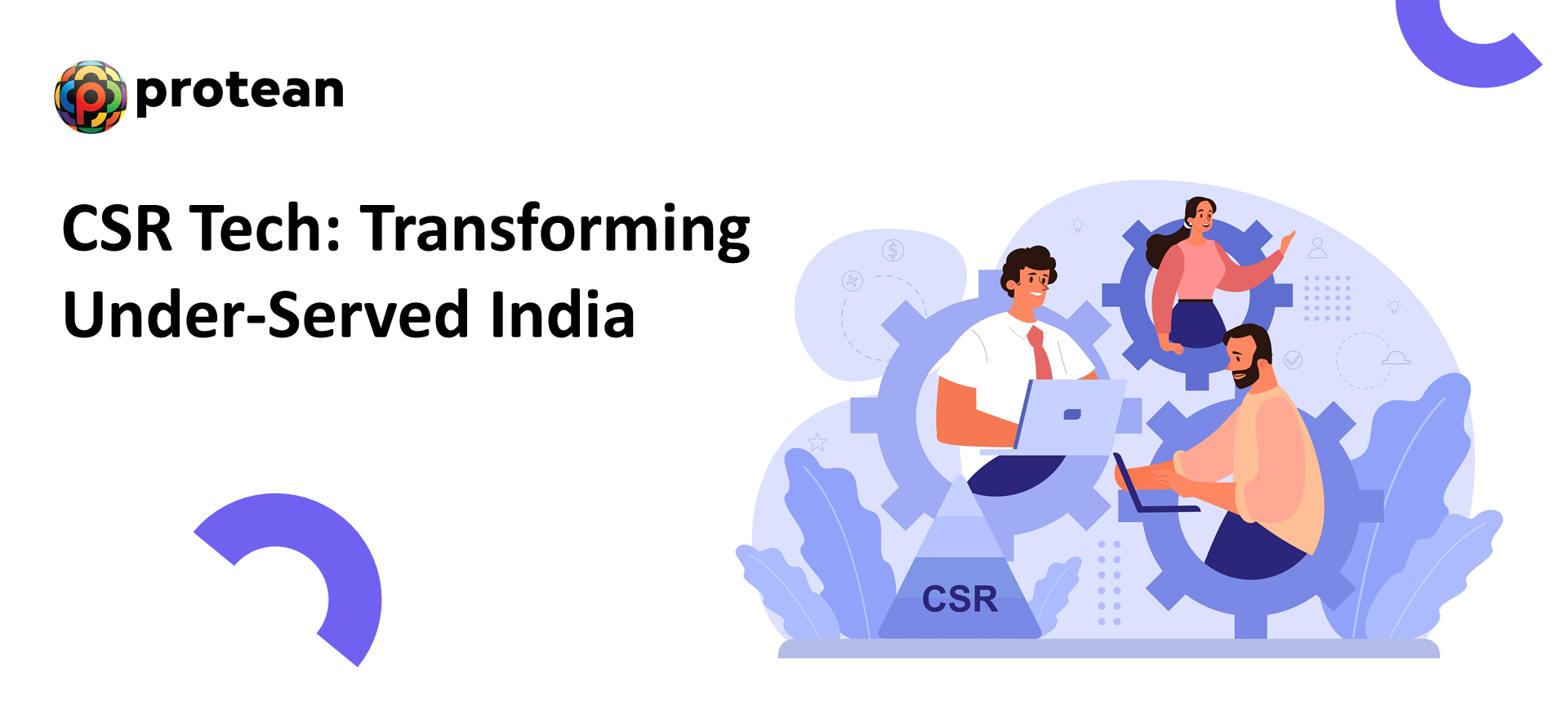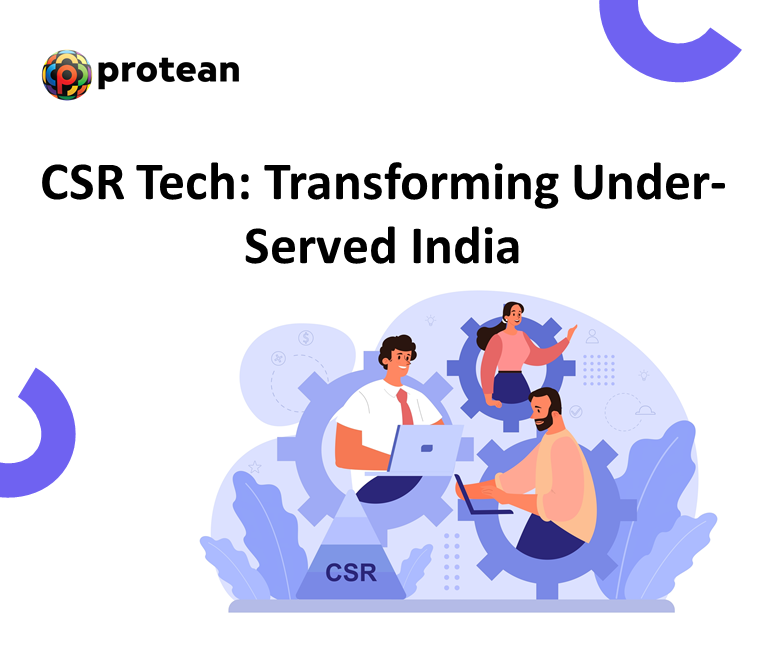India's corporate sector is increasingly dedicated to CSR activities, with significant CSR funds being allocated annually. However, a closer look reveals a striking imbalance in how these funds are distributed geographically. A large portion of CSR funding continues to move towards states that are already industrially developed, leaving many high-need regions in the shadows. Among these are India's Aspirational Districts – areas officially recognized for their acute developmental needs across various indicators. Despite their clear priorities, these districts often remain under-supported, creating a noticeable divide in the impact of corporate giving.
Understanding the CSR Funding Gap in Underserved Regions
The uneven spread of CSR applicability isn't usually due to a lack of corporate intent to do good. It's often practical and operational hurdles that create the challenge. CSR teams and corporate foundations face legitimate concerns when deploying CSR funds in remote or underserved areas. These include:
- Limited Visibility: It's hard to get a clear picture of the on-ground realities and identify genuine needs in these far-flung regions.
- Difficulty Finding Credible Partners: Establishing trust and collaboration with reliable local NGOs or implementation partners can be a significant hurdle.
- Concerns About Fund Utilization: Ensuring that funds are used effectively and reach the intended beneficiaries without leakage is a major worry.
- Weak Monitoring Systems: Tracking progress, measuring outcomes, and preparing for audits becomes incredibly complex without robust systems in place.
| Also Read: India's CSR Evolution |
These challenges often lead to a cautious approach, pushing CSR funds towards more accessible, established geographies where oversight is simpler.
Leveraging Technology for Inclusive CSR in India
It's at this point that technology truly shines as a powerful enabler. Purpose-built digital platforms offer a solution to these very pain points. They provide the necessary infrastructure for CSR initiatives to operate effectively even in challenging terrains. Think of these platforms not just as support tools, but as fundamental building blocks that empower CSR teams to operate with greater:
- Scale: Manage thousands of beneficiaries and complex programs without getting bogged down by manual processes.
- Compliance: Maintain transparent records and audit trails automatically, ensuring adherence to regulatory requirements for CSR applicability.
- Transparency: Provide real-time visibility into every aspect of the program, from application to impact.
- Multi-Stakeholder Collaboration: Facilitate seamless interaction between corporations, implementing partners, educational institutions, and beneficiaries on a single platform.
Platforms like Protean Vidyasaarathi are prime examples of how technology can be tailored to the specific needs of India's CSR landscape, addressing the unique challenges of reaching underserved communities.
| Also Read: Customising Scholarship Programs |
Maximizing Education CSR: How to Measure Program Impact
Education-focused CSR activities, particularly scholarship programs, present a compelling opportunity for targeted development in Aspirational Districts. These initiatives are inherently measurable, offer high impact, and are scalable – but they do come with their own set of execution complexities. Technology simplifies this entire process:
- Streamlined Student Applications: Digital portals make it easy for students in remote areas to apply directly, removing geographical barriers.
- Efficient Verification: Automated checks and digital documentation speed up the verification process, reducing errors and fraud.
- Direct Fund Transfer: Funds are disbursed straight into beneficiaries' bank accounts, ensuring transparency and building trust by minimizing intermediaries.
- Real-time Tracking: Monitor the journey of every scholarship, from approval to disbursal, with live updates.
- Outcome Analysis: Go beyond just disbursal numbers. Track student academic performance, course completion rates, and even post-scholarship success, providing tangible proof of impact for your CSR fund utilization.
- Audit-Friendly & Accessible: All data is securely stored and easily retrievable for audits, and the platforms are often designed to be mobile-friendly and multilingual, catering to diverse users.
| Also Read: CSR in Education |
This kind of tech integration transforms scholarship programs from a logistical challenge into a powerful, data-driven engine for social change.
The Way Forward: Smarter, More Inclusive CSR in 2025
As we look towards 2025, CSR in India should not just grow in financial size but also evolve in where and how it delivers value. The Aspirational Districts represent areas with the highest potential for developmental upside – where every rupee of CSR fund can create disproportionately significant change. Education scholarships are a smart, structured starting point for making this impact.
By adopting the right technological infrastructure, CSR teams can move beyond operational hurdles and focus on maximizing their social return on investment. Tools that enable seamless execution, clear traceability, and genuine collaboration are key to ensuring that corporate giving is impactful, transparent, and truly future-ready. This approach allows companies to expand their reach meaningfully, proving that with the right enablers, CSR activities can indeed bridge the development divide in India.

